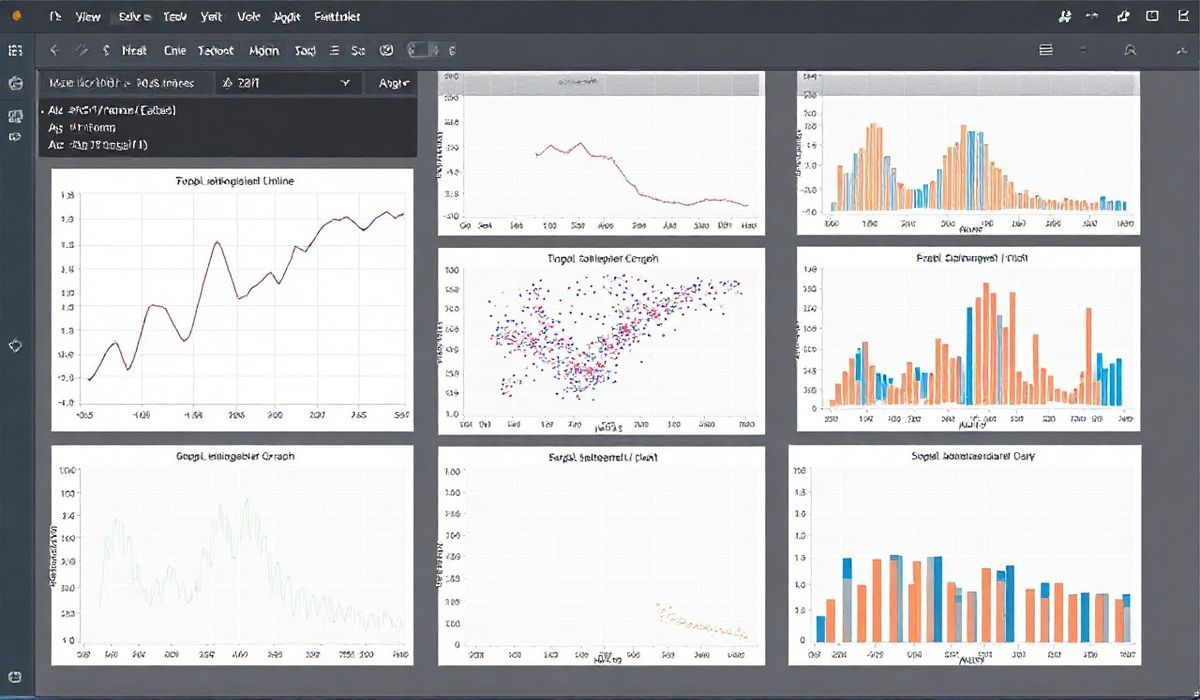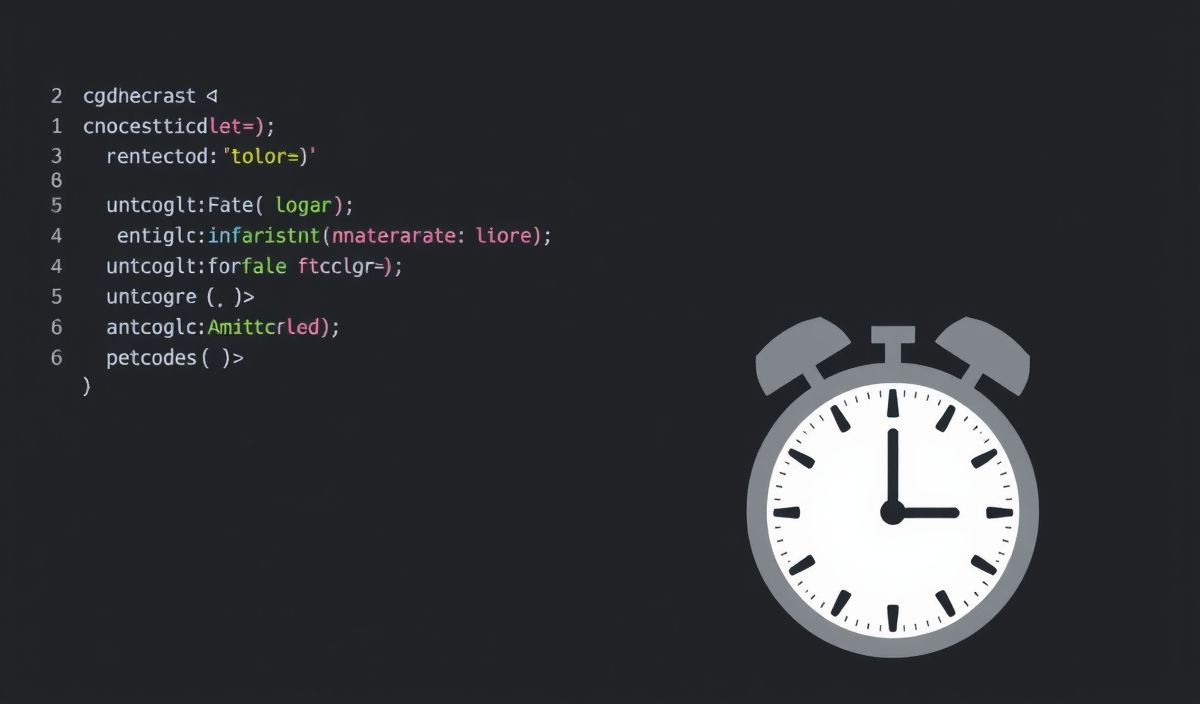Introduction to Node2vec
Node2vec is an advanced method for scaling network representation learning by improving the balance between exploration and exploitation of nodes in a given graph.
The algorithm generates random walks from a given graph, which provides a more sophisticated look into the structure of the graph. These walks are then used to build feature vectors for nodes that can be used for various machine learning tasks.
How Node2vec Works
Node2vec uses a flexible, biased random walk procedure to efficiently explore the neighborhood of a node in a graph. It introduces two parameters, p and q, that control the likelihood of walking back to a node and the exploration, respectively.
Parameters Explained
- p: Return parameter – This controls the likelihood of revisiting the previous node in the walk. A higher value discourages backtracking.
- q: In-out parameter – This controls the exploration of nodes. A higher value means a breadth-first search-like exploration, while a lower value leans towards depth-first search.
Node2vec API Usage
Let’s look at some of the key APIs provided in the Node2vec library along with code snippets for better understanding:
Loading a Graph
import networkx as nx from node2vec import Node2Vec # Load graph G = nx.fast_gnp_random_graph(n=100, p=0.5)
Initialising Node2vec
# Initialize Node2Vec model node2vec = Node2Vec(G, dimensions=64, walk_length=30, num_walks=200, p=1, q=0.5)
Generating Embeddings
# Generate embeddings model = node2vec.fit(window=10, min_count=1, batch_words=4)
API for Random Walks
# Generate random walks
walks = node2vec.walks
# Save walks to a file
with open('random_walks.txt', 'w') as f:
for walk in walks:
f.write(' '.join(map(str, walk)) + '\n')
Saving and Loading Models
# Save embeddings for later use
model.wv.save_word2vec_format('embeddings.txt')
# Load embeddings
from gensim.models import KeyedVectors
model = KeyedVectors.load_word2vec_format('embeddings.txt')
Application Example: Link Prediction
As a practical application, Node2vec can be used for link prediction, which involves predicting the existence of an edge between two nodes in a graph.
from sklearn.linear_model import LogisticRegression
from sklearn.metrics import accuracy_score
# Create training data
X_train, y_train = create_dataset(node2vec, G)
# Train model
clf = LogisticRegression()
clf.fit(X_train, y_train)
# Predict links
y_pred = clf.predict(X_test)
# Evaluate model
print('Accuracy:', accuracy_score(y_test, y_pred))
Creating Dataset for Training
def create_dataset(node2vec, G):
# This function creates the dataset used for link prediction
random_edges = [...]
non_edges = [...]
X = []
y = []
for edge in random_edges:
x = node2vec.get_embedding(edge[0]) + node2vec.get_embedding(edge[1])
X.append(x)
y.append(1)
for edge in non_edges:
x = node2vec.get_embedding(edge[0]) + node2vec.get_embedding(edge[1])
X.append(x)
y.append(0)
return X, y
Node2vec is a powerful technique for network representation learning, enabling effective and efficient feature extraction for nodes in a graph. By tuning the p and q parameters, you can explore various depths of the graph and discover meaningful relationships.
Hash: 85a20e449b14b844ea7e4e9612fde6c8aef694ea0c383eac6fbf6ccdb1e31c10




